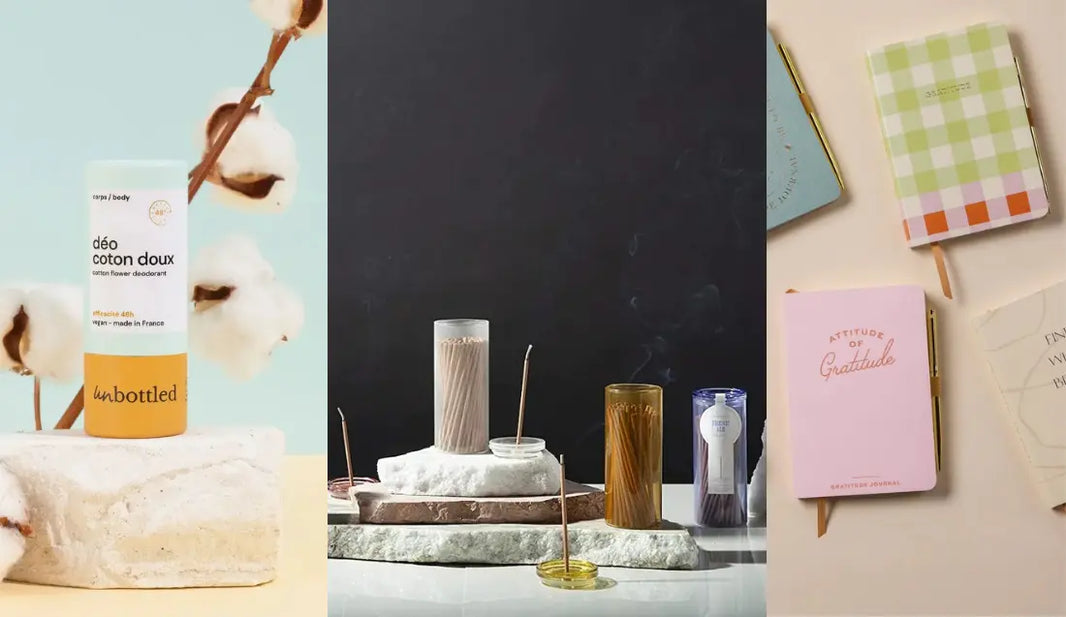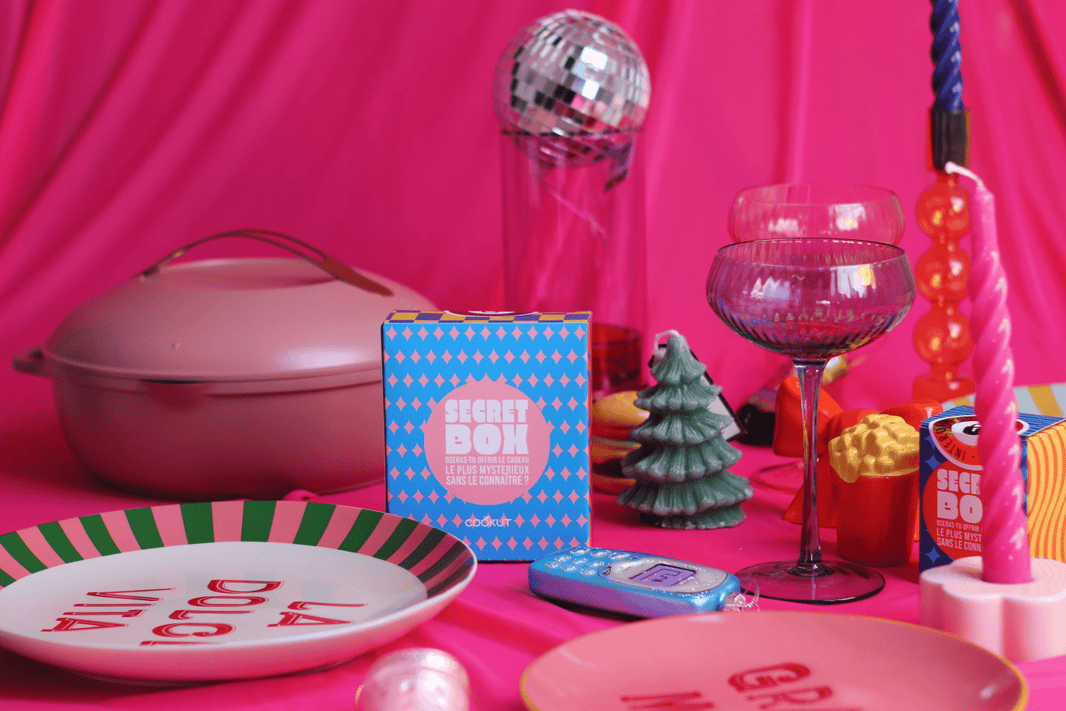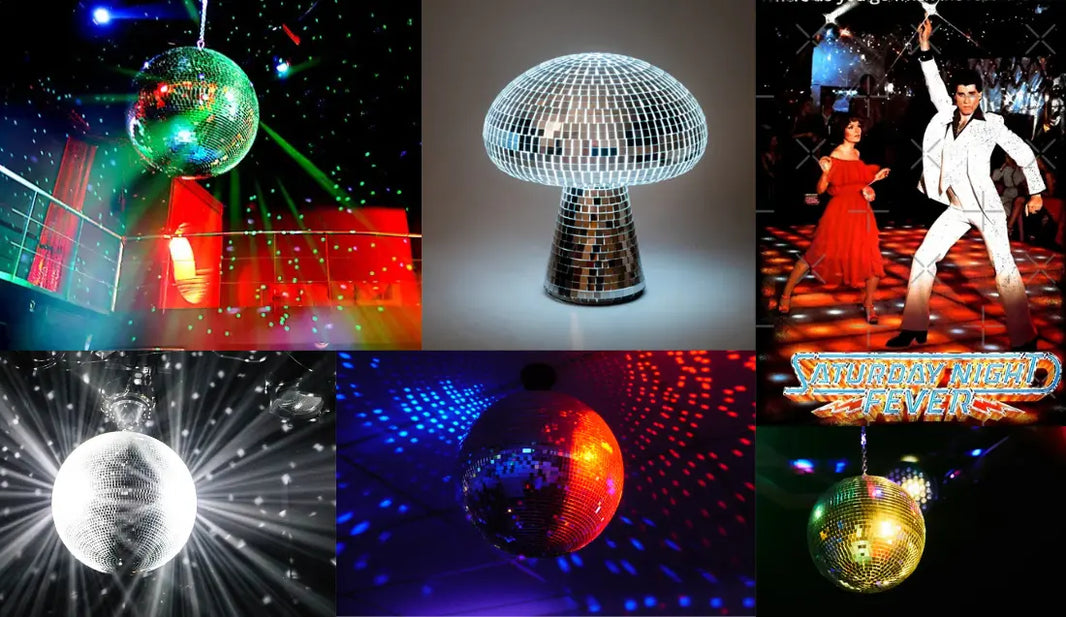The term "kawaii" has taken the world by storm, infusing popular culture with its sweet aesthetic and irresistible charm. Originating in Japan, this concept encompasses a wide range of styles and expressions. In this article, we'll explore the many facets of kawaii, its origins, and why it continues to enchant people of all ages across the globe.
What is Kawaii?
-
Definition :
Simply put, "Kawaii" is a Japanese term and concept meaning "cute" or "adorable." But its meaning is also much deeper than that; it encompasses a lifestyle and philosophy that values sweetness, innocence, and vulnerability. Its meaning is therefore more nuanced and profound than what the term "cute" might encompass in our Western cultures.
The concept of kawaii is pervasive in Japanese culture, manifesting itself in anime, manga, fashion, consumer products, and even social behaviors. The word can be used to describe objects, people, animals, and styles that possess childlike, sweet, and charming features. In short, kawaii represents anything that is pleasantly cute and evokes feelings of kindness and protection.
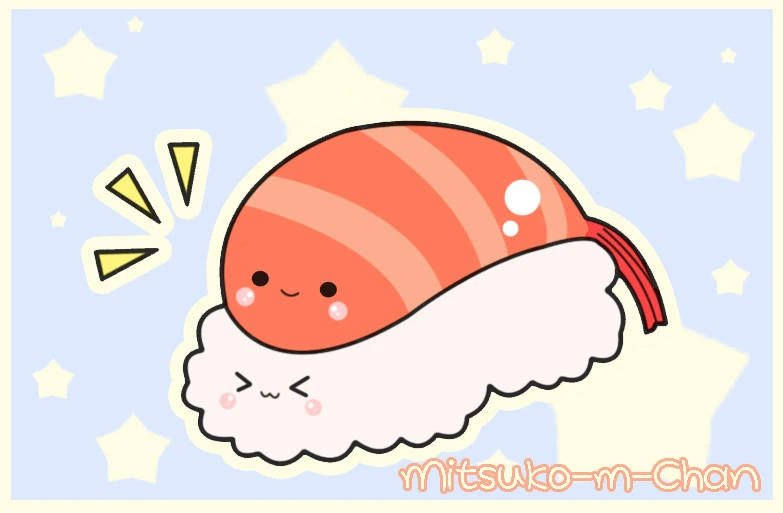 An example of a kawaii character: clean design, few details, soft colors, etc.
An example of a kawaii character: clean design, few details, soft colors, etc.
Manifestations of kawaii are many and varied, including cartoon characters such as Hello Kitty and Pikachu, colorful and eccentric clothing styles such as Lolita, and everyday products adorned with cute and attractive patterns. Kawaii is also reflected in the way Japanese people express their emotions and social interactions, promoting kindness and goodwill.
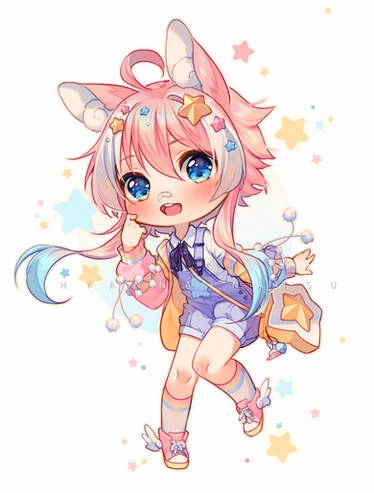 Another example of a Kawaii character
Another example of a Kawaii character
Do you love the endearing world of Kawaii? Discover our selection of Kawaii products!
What is the history of Kawaii?
The term "kawaii" has its roots in the Edo period (1603–1868), a period of significant change in Japan. But its modern meaning and popularity truly emerged during the 20th century.
The word originally derives from the expression "kawahayushi," which describes a feeling of shame or vulnerability felt when faced with something excessively cute. Over time, this notion evolved to focus on features and objects that evoked sweetness and innocence.
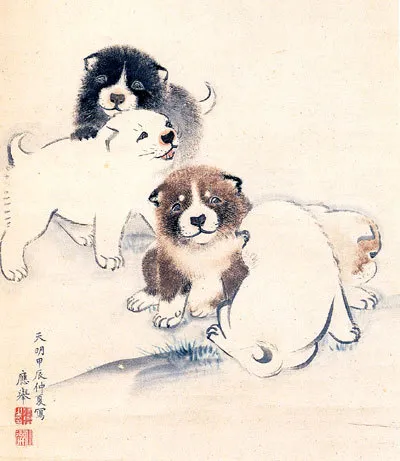
The origin of Kawaii most likely dates back to the Edo period. Puppies, by Maruyama Okyo (1733–1795, Edo period)
Origins and History of Kawaii
-
Edo and Meiji periods: The first instances of "kawaii" were associated with expressions of affection and protection towards delicate objects or children. However, it wasn't until the Meiji period (1868–1912) that Japanese culture began to take a greater interest in this aesthetic.
-
1970s and 1980s: The kawaii phenomenon really took off in the 1970s with the emergence of youth culture and associated fashion. Teenage girls began writing in a "cute" way (the "burikko-ji" style*), using round, childlike characters.
At the same time, brands like Sanrio popularized iconic characters such as Hello Kitty , which became one of the first global symbols of kawaii, helping to promote the aesthetic codes of the style (characters with round features, bodies with variable proportions, characters with fewer details, etc.)
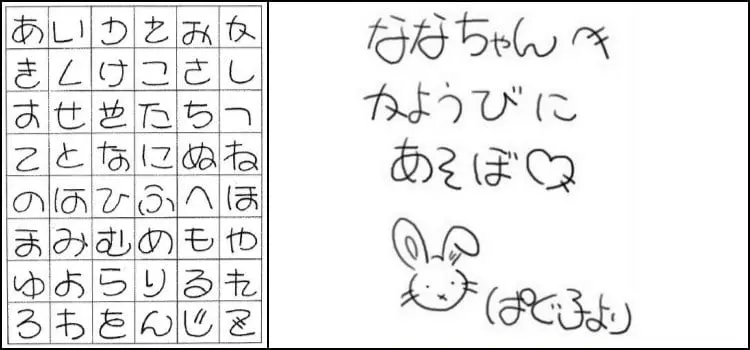
The Burikko-ji style is a calligraphic style whose main characteristic is to give the impression that the text was written by a child.
-
1990s and 2000s: During these decades, kawaii became an integral part of Japanese popular culture. Kawaii characters proliferated in manga, anime, and merchandise. Fashion subcultures such as Lolita, Harajuku, and Decora also emerged, showcasing colorful and eccentric outfits.
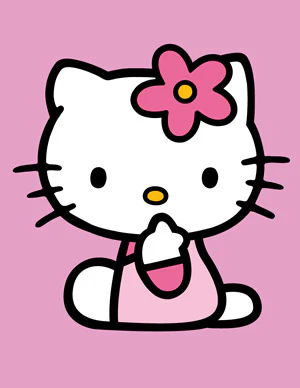 Hello Kitty is certainly one of the first muses of Kawaii
Hello Kitty is certainly one of the first muses of Kawaii
Evolution of Kawaii in Japanese Society
Kawaii is omnipresent in everyday life in Japan. It can be seen in the many mascots used by cities (e.g., Kumamon and Barii-san , to name a few) and businesses, advertising campaigns, and even in serious contexts such as public services and security.
Kawaii aesthetics are seen as a way to make life more enjoyable and reduce stress by adding charming and pleasant elements into everyday surroundings.
Do you love the endearing world of Kawaii? Discover our selection of Kawaii products!
-
Export and Global Influence
Kawaii began to spread internationally in the 1980s and 1990s, thanks to the growing influence of Japanese manga and anime. Series like " Sailor Moon " and " Pokémon " introduced kawaii elements to an international audience. Kawaii character merchandise also gained popularity outside of Japan. -
2000s and 2010s
With the advent of the internet and social media, kawaii has found a new global outlet. Online communities have adopted and adapted elements of this aesthetic, merging them with local cultures to create hybrid styles. Celebrities and fashion influencers have also helped popularize kawaii-inspired trends.
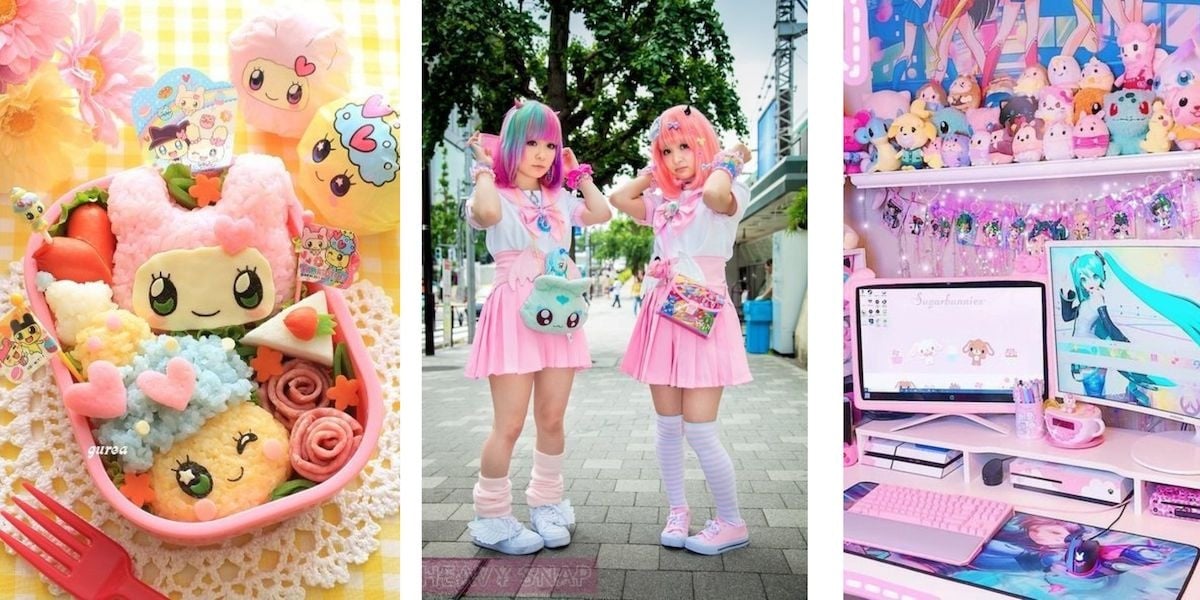
-
Impact on Global Pop Culture
Today, kawaii is a significant element of global pop culture. It can be seen in fashion, toys, video games, and even contemporary art. Artists and designers draw inspiration from the kawaii aesthetic to create works that evoke nostalgia, tenderness, and innocence. The phenomenon is also present in international cultural events, such as manga and anime conventions, where fans can celebrate their love for all things cute and adorable.
In short, kawaii has grown from a mere adjective to a truly global culture, influencing various aspects of everyday life and pop culture. It continues to evolve and adapt, capturing the imagination of people of all cultures and ages.
Are you interested in pop culture? Check out my article on pop culture now.
How to get a Kawaii look?
To achieve a kawaii look, we will favor cute accessories and all the fashion and makeup elements that can create a soft and colorful appearance.
As mentioned above, the goal is to have a style that inspires innocence and/or has something youthful about it.
Here are some steps and tips to help you achieve a kawaii look!
1. Clothing
-
Pastel colors : Opt for clothes in pastel shades like pink, sky blue, lavender, and pale yellow.
-
Cute patterns : Look for pieces with adorable patterns such as animals, hearts, stars, or cartoon characters.
-
Skirts and Ruffles : Ruffled skirts, dresses with layers of tulle, and garments with lace details add a touch of femininity and softness.
-
Sweatshirts and T-shirts : Wear sweatshirts or T-shirts with kawaii character prints like Hello Kitty, My Melody, or other cute mascot designs
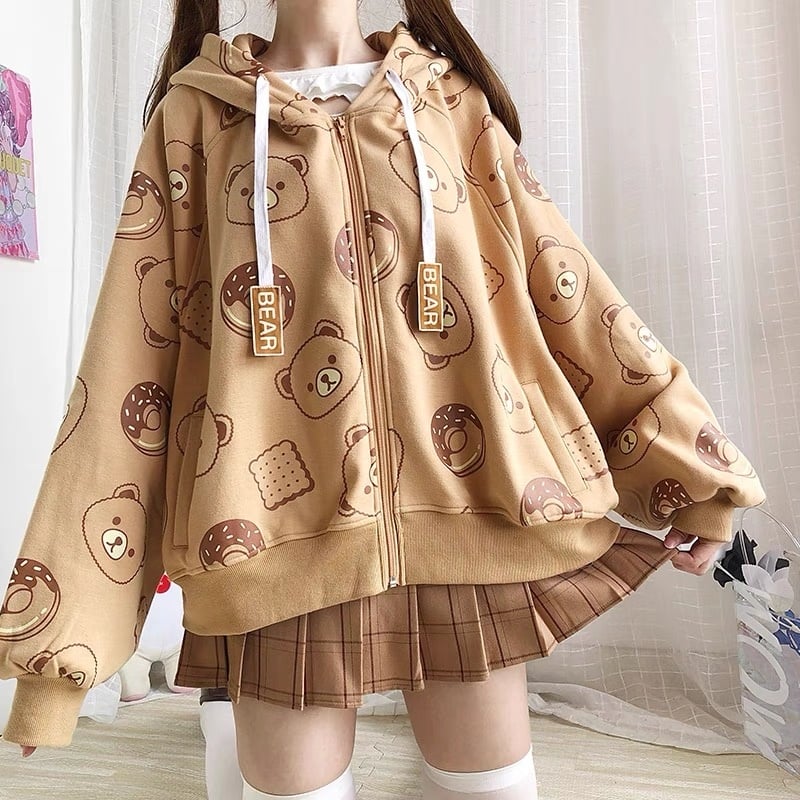
2. Accessories
-
Headbands and barrettes : Add hair accessories like cat ear headbands, heart-shaped barrettes, or bow barrettes.
-
Jewelry : Wear necklaces, bracelets, and earrings with cute pendants, such as cupcakes, unicorns, or flowers.
-
Bags : Choose animal-shaped or kawaii print handbags or backpacks.
Do you love the endearing world of Kawaii? Discover our selection of Kawaii products!
3. Makeup
-
Fair complexion : Use a light foundation to even out your complexion and give it a fresh, luminous appearance!
-
Almond-shaped eyes : Apply eyeshadow in soft colors like pink or peach. Use eyeliner to create doll-like eyes and add false eyelashes for a wider look.
-
Blush : Apply pink or peach blush to the cheekbones for a healthy glow.
-
Lips : Use glosses or lipsticks in natural or pink shades for soft, shiny lips.
4. Hairstyle
-
Colors and Styles : Pastel hair colors like pink, blue, or purple are very popular. Hairstyles can be simple with curls or braids, often accented with cute accessories. Pigtails also work quite well.
-
Bangs : Straight or wispy bangs can add a cute touch to your look.
5. Inspirations and References
-
Characters and Celebrities : Get inspired by kawaii manga and anime characters as well as Japanese celebrities known for their cute style, like Kyary Pamyu Pamyu.
-
Online Communities : Join forums and social media groups dedicated to kawaii to never run out of ideas and inspiration!
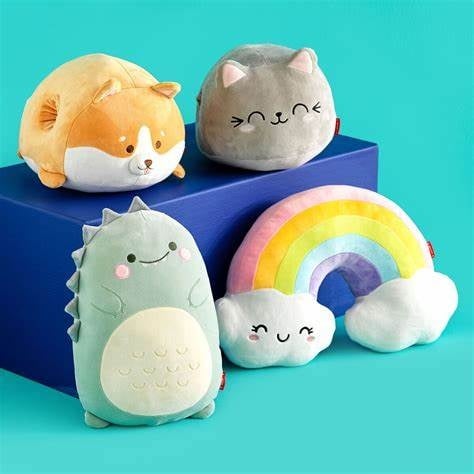 Kawaii cushions !
Kawaii cushions !
Conclusion :
In this article, we've explored the origins of Kawaii and its influence on global culture. We've also explored how to embrace this style and dress Kawaii all year round! We hope you've learned a lot from us. See you soon on Hopono.


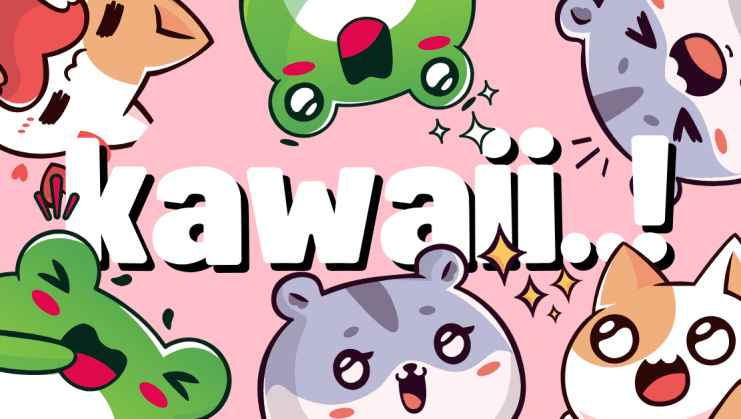
 A
A 

